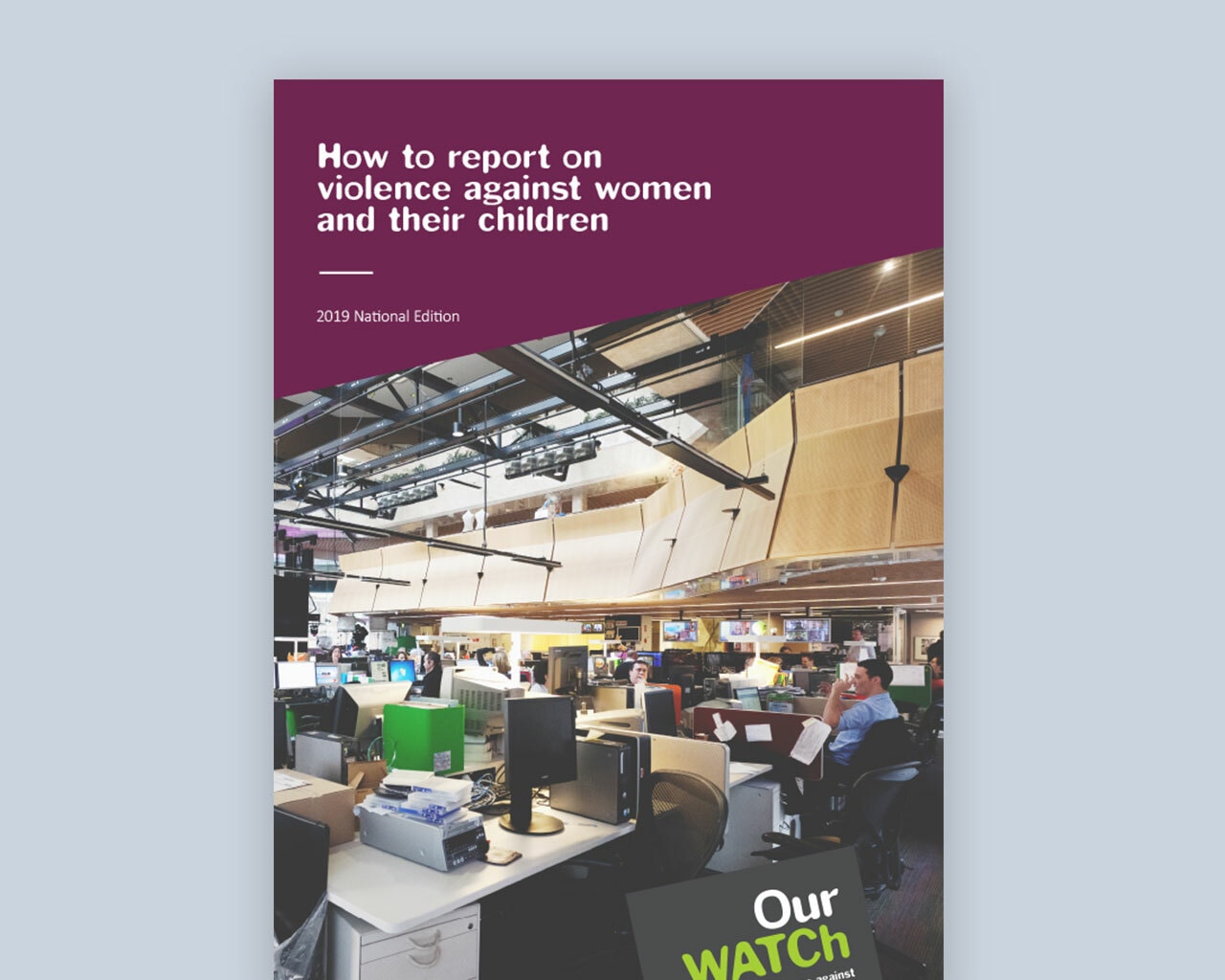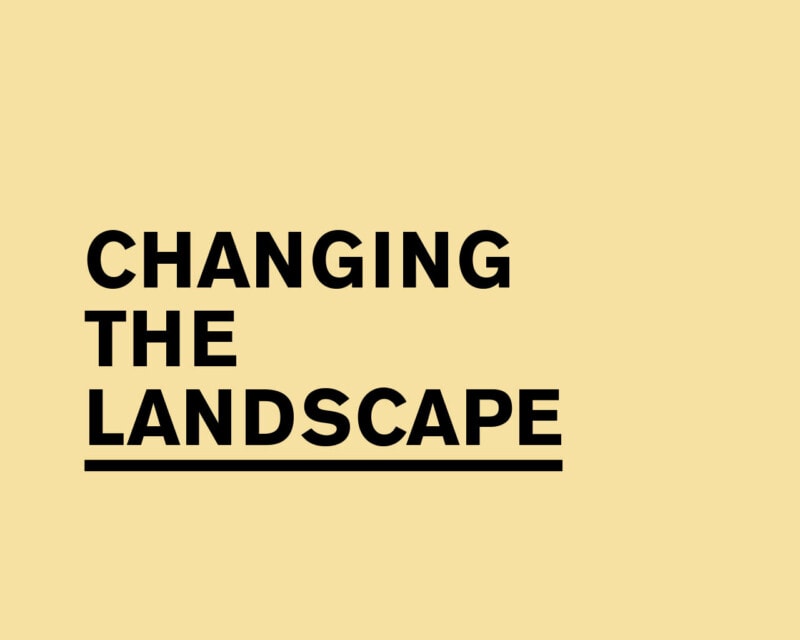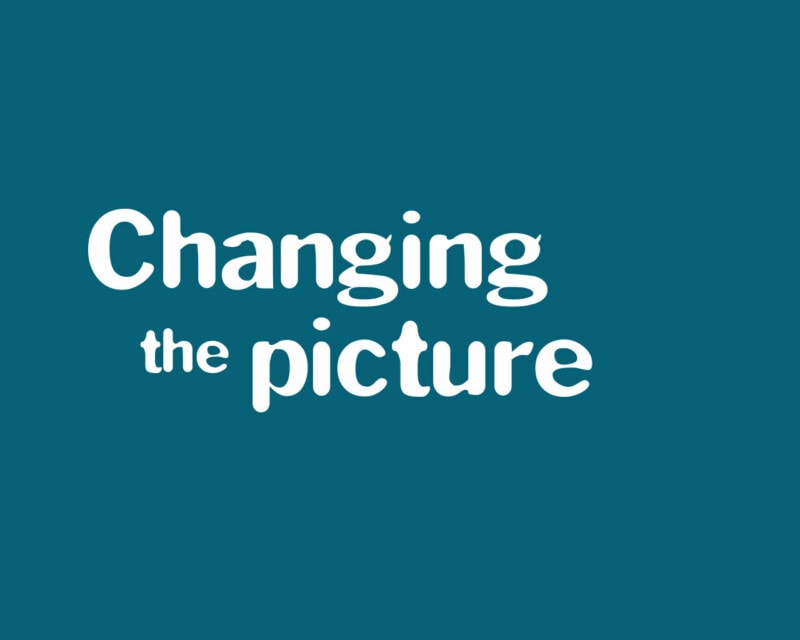On this page
Evidence-based media reporting on sexual harassment can change the attitudes and behaviours that drive violence against women.
Overview
These 12 tips aim to cover common scenarios you may encounter in your work. They are designed to be a starting point for better reporting on sexual harassment.

12 tips for reporting on sexual harassment - resource
1. Understand what sexual harassment is
In simple terms, sexual harassment is unwelcome conduct of a sexual nature that makes someone feel offended, humiliated and/or intimidated. It can involve:
- unwelcome touching or kissing
- staring or leering
- suggestive jokes or comments
- repeated invitations to go out on dates
- requests for sex
- insults based on your sex
- intrusive questions about someone’s private life or body
- sharing sexually explicit emails, SMS messages or images
- a hostile work environment or workplace culture where someone feels uncomfortable or excluded based on sex, including the display of sexually explicit materials, general sexual
- banter, or comments that diminish the role of women in the workplace.
Sexual harassment happens to everyone. However, it is important to bear in mind that:
- most workplace sexual harassment is perpetrated by men, and most victims are women
- four out of 5 victims of workplace sexual harassment report being sexually harassed by one or more male perpetrators in the past 5 years
- four out of 5 women will experience sexual harassment in their lifetime.
Women are not all the same. Individual experiences of sexual harassment are shaped by sexism, racism, colonialism, classism, heteronormativity, cisnormativity, homo-, bi- and transphobia, ableism and ageism.
2. Get legal advice
- Get legal advice as early as possible – for yourself, your organisation, and your sources.
- Know the risks associated in publishing content which might be viewed as defamatory or in contempt of court and know how they are treated in your state.
- Check to see if your legal team can protect your source if a defamation suit is brought in relation to your reporting.
- Defamation law in Australia puts the burden of proof on the defendant. Defamation cases may also undermine future legal proceedings for the survivor.
Australia’s defamation laws are notoriously tilted in favour of the person who believes they have been defamed. Offenders routinely weaponise defamation laws by sending out legal threats to censor survivors and scare any other potential whistleblowers who might be waiting in the wings into silence.
— Dr Rachael Burgin, CEO of Rape & Sexual Assault Research & Advocacy
3. Look at causes, not just outcomes
Given the ongoing personal and professional impact for survivors and the high incidence of sexual harassment in Australian workplaces, responsible reporting on sexual harassment should cover more than an individual case.
- Sexual harassment occurs more frequently in hierarchal workplaces or in male-dominated industries. To understand more about the drivers that can lead to sexual harassment explore the Change the story resource.
- Consider framing your reporting so it focuses on the systemic nature of harassment and on industry broadly, including prevalence data. Include this context when covering specific cases.
- Include promising new approaches to workplace sexual harassment, themes and trends, with organisations like unions, working women’s centres, specialist legal services, human rights commissions, and safety regulators providing content.
Sexual harassment is rooted in gender inequality and unequal power relations. Responsible and respectful reporting on sexual harassment has an important role to play in shifting power by shining a light on the way in which our systems have served to silence survivors and protect perpetrators. The media also has enormous power as a lever of change to challenge the norms and attitudes that accept and normalise sexual harassment.
— Somali Cerise, Chair, National Women's Safety Alliance Sexual Harassment Working Group
4. Obtain informed consent
Get full and informed consent from victim-survivors before telling their story.
- Be aware of the inherent power imbalance between media organisations and survivors which may impact on the voluntary nature of the consent process.
- Survivors take great risks in telling their story and must be able to withdraw their consent at any time without pressure, blaming or shaming.
For a survivor to give informed consent, you must ensure they:
- understand the implications of telling their story publicly, which might include termination from their job or further victimisation
- know your reporting may jeopardise processes, including a settlement agreement with a confidentiality clause, non-disclosure clause or a non-disparagement clause that the
- survivor is negotiating or has signed, or may result in other legal action against them
- have sought legal advice and other supports about speaking out
- understand the media process, including timing and processes, editorial review, fact-checking, republication or syndication, and follow-up coverage.
Survivors who are identified in media coverage may face significant negative impacts on their personal and professional life, well past the life cycle of the story.
- Offer survivors the opportunity for their story to be told in a de-identified way.
- Ensure you understand why they are going public and discuss potential impacts with them. Respect their agency if they do choose to be identified.
Sport is tribal. When survivors speak up, they often face intimidation and backlash from fans. Sporting clubs and codes have enormous power – they have media advisors and crisis comms teams. They know how to plant stories to generate blowback. When I write a person’s story, I am mindful to take the time to prepare them for what to expect. I tell them honestly ‘you will get a lot of heat. People will discredit you. There will be a wave of pressure. But your story has power too.
— Jessica Halloran, Walkley award-winning sports journalist
5. Support the safety of survivors
Safety looks different for everyone. Here are some things you can do to increase the safety of survivors:
- Be respectful and transparent in all interactions with survivors.
- Let them determine if and how they would like to be identified: will they remain anonymous; use a pseudonym; would they like a voice actor to be used; would they like their face blurred in images or video?
- Ask how they want to be referred to: as a victim-survivor, survivor, having lived experience, by their occupation, and so on.
- Use correct pronouns.
- Check your source has legal and emotional supports in place throughout the process of sharing their story, and have a list of trusted accessible services on hand.
- Consider individual circumstances for accessing support, such as disability or employment status, living and/or working in a rural or remote location.
- Confirm they can access support on the day of release and in the following period.
- Assist them in preparing for media attention, including by providing advice on protecting their social media profiles.
- Stay in communication, particularly if there are changes to content or editorial approaches.
- Turn off comments on the published piece, or warn the survivor if this is not possible.
- Confirm they know where to refer other survivors for professional support if they are contacted following publication.
Find more information about interviewing survivors in the National reporting guidelines.

National reporting guidelines
6. Check your language and framing in your reporting
How you frame the issues can affect whether a survivor is believed or can reinforce attitudes in society around sexual harassment.
Use active language with the perpetrator as the focus:
- Say ‘man assaults co-worker’, rather than ‘woman assaulted’.
- Where safe and legally possible, consider naming the professional relationship between survivor and perpetrator and any gender or power dynamics, to highlight the link to broader systemic issues.
Consider your framing:
- Sexual harassment is a decision the perpetrator chooses to make. Avoid excusing their actions by suggesting they were due to factors such as stress or alcohol use.
- Focus on the actions of the perpetrator, and avoid placing undue emphasis on the actions or choices of the survivor.
- Avoid perpetuating myths around sexual harassment, including referring to what the survivor was wearing when the incident took place, or whether they had been drinking.
- Don’t justify, trivialise or downplay the issue, and avoid victim-blaming in your reporting and in the quotes you use. For example, do not suggest the survivor encouraged the behaviour or that they were overreacting to the harassment or abuse.
Use a respectful and appropriate tone:
- Avoid sensational language and advise sub-editors to do the same.
- Consider this across the headline and the lede, subediting, social media, follow-up articles or commentary. Don’t forget the accompanying images, video, soundtrack or audio.
When journalists use language which paints someone with a disability as being ‘vulnerable’ to violence, it puts us on a slippery slope where our experience of violence is treated as inevitable, rather than seeing that sexual harassment may be a pattern on behalf of the offender. It also shifts the focus onto the victim and their disability, and away from the perpetrator who has targeted someone who they calculate as being less likely to report, and less likely to be believed.
— Nicole Lee, disability activist
7. Consider the social context
Journalists have a role to play in showing the diversity of women and their experiences in Australian society.
- Does your story selection reinforce narratives about ‘ideal victims’? If your source is young, white and conventionally attractive, consider how another source might help to provide nuance and broaden public understanding of the issue.
Nothing changes from a policy or law perspective unless stories from minorities are reported. Women of Colour journalists are sometimes pressured to erase their own minority status and prove their ‘credibility’ by working on stories which are not relevant to who they are. I’d encourage reporters from minority groups to draw strength from their own experience and the unique ability it gives them to build trust and rapport, to create momentum for change.
— Dhanya Mani, survivor advocate
Use a strength-based approach by portraying the individual as a whole person with strengths, interests, skills, social and community networks. Consider this approach in all your reporting, including reporting on:
- Aboriginal and Torres Strait Islander people
- people with disability
- people from migrant or refugee backgrounds
- people who identify as LGBTIQA+
- people who are older.
Read about the drivers of violence against women and girls with a disability in our national resource Changing the landscape.

29 resources in this collection
Changing the landscape is a guide to the prevention of violence against women and girls with disabilities.
When reporting on sexual harassment experienced by Aboriginal and Torres Strait Islander women, including in workplaces:
- Trust may take time to develop. Avoid damaging stereotypes, observe cultural protocols and consider your sources carefully.
- Highlight the impacts of colonisation, including racism, dispossession, intergenerational trauma, entrenched poverty, and how these intersect with experiences of harassment.
Read about the drivers of violence against Aboriginal and Torres Strait Islander women in our national resource Changing the picture.

3 resources in this collection
Changing the picture outlines the actions to address the drivers of violence against Aboriginal and Torres Strait Islander women.
Webinar
What constitutes wise-practice media reporting on sexual harassment?
Related

Find reporting guidelines, tips and other resources to support best practice reporting on violence against women.

12 minute read
Understand legal issues relating to reporting on violence against women for journalists.